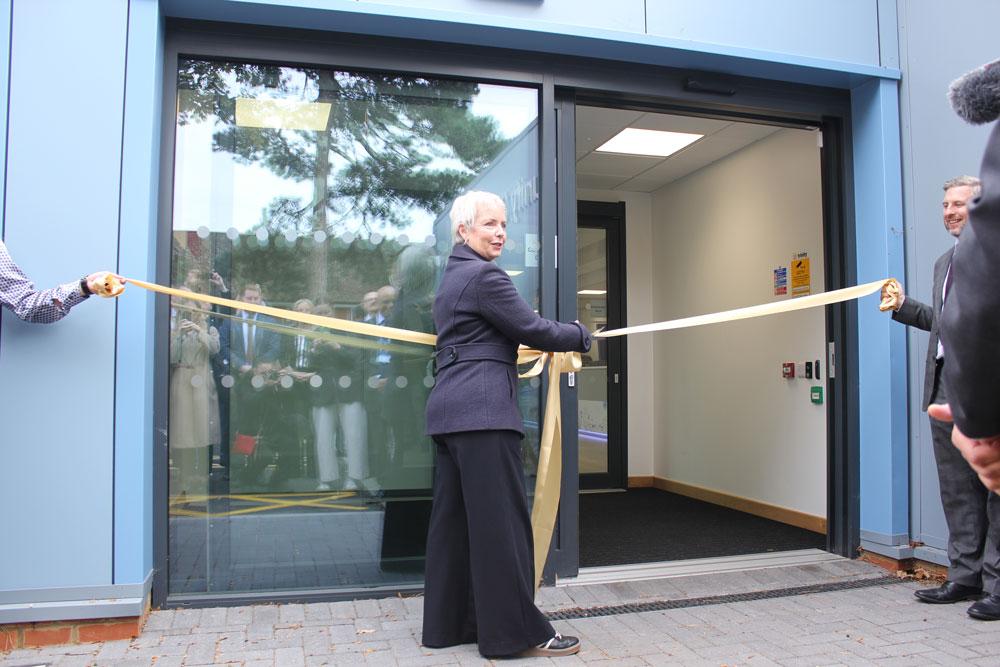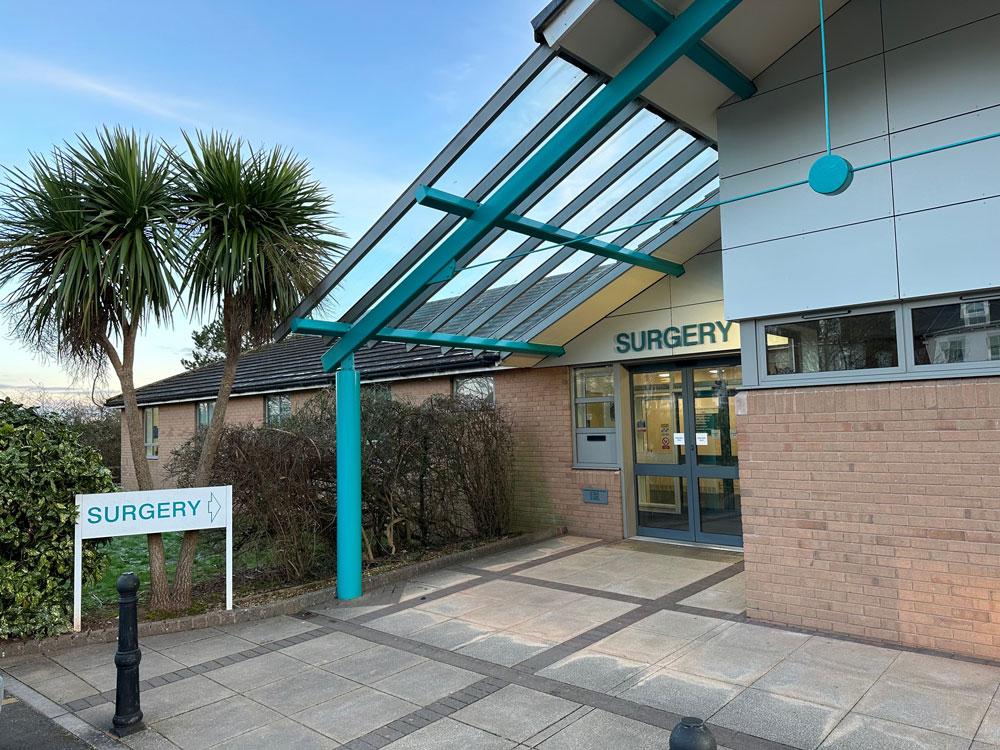Adrian Powell, Development and Planning Director at NHS Property Services, shares further insight around the organisation’s latest development in Whitechapel which will take the UK’s growing life science industry to new heights.
Life sciences have been critical to bringing in new innovations and treatments, as well as transforming patient care. The past two years in particular have highlighted the importance of this sector, as it led to the rapid development of the COVID-19 vaccine. In 2021, the UK government published the UK Life Sciences Vision, setting out a 10-year strategy to build on and maximise the full potential of this sector, emphasising how critical life sciences will be in future proofing the health system.
Having the right space for life sciences companies to have a base to innovate is essential to the growth of this sector. Recently, NHS Property Services (NHSPS) submitted plans to redevelop five underused and vacant plots of land in the heart of Whitechapel, to create a new life sciences cluster next to the Royal London Hospital. This plan will deliver a long-standing vision from a number of partners – Barts Health NHS Trust, Queen Mary University London (QMUL), the Greater London Authority and the London Borough of Tower Hamlets – to see this area become a hub for life sciences companies of various sizes and expertise.
Creating a space to grow
This ambitious plan aims to transform a series of outdated buildings and empty sites around the Royal London Hospital, with a new masterplan that provides life sciences office space, as well as new public amenities such as cafés and community spaces. The proposals will see the demolition of some of the underused buildings on site and the creation of modern, fit for purpose lab-enabled life sciences buildings, as well as the provision of commercial and community space and a potential gallery at ground floor level. Our role will be to ensure that we maximise the full potential of this new space so that we and our partners can achieve the ultimate goal of having a vibrant life sciences hub.
As the NHS faces a backlog of more than two million operations, the money raised through the disposal of land and saved on running costs and backlog maintenance would total £226.6 million, which could fund the building of 68 new GP surgeries and hiring of almost 4,000 doctors for a year. This significant investment can enable the NHS to build from the advances and learnings from the pandemic and transform the way care is being delivered.
Community investment
This development will have a transformational impact on the local area and community. It is expected to create between 3,470 – 5,660 full time jobs and further training opportunities for people in the local area that range across the life science sector and beyond. Additionally, those working in the new life science cluster could spend between £7-12 million per year in the local area, boosting local trader’s activity and businesses.
Collaboration with key partners is crucial to bringing this development to life. One of our partners for this development – QMUL – recently announced a property deal with the DHSC for the university to take a major stake and operate a new life sciences facility in one of the new buildings. The new facility will bolster QMUL’s already strong presence in Whitechapel for life sciences research, innovation, education and engagement.
Health outcomes
While the Whitechapel plan is ambitious, it also represents an enormous opportunity to create a vibrant community and commercial cluster that we hope will support a broadly-based life sciences, technology, and innovation ecosystem, providing quality jobs in the area and the best health outcomes for local people. Additionally, the proposed improvements to the street scene and public areas will also provide a safe, green and attractive place for locals to work, relax and meet.





